We’re putting two of Rust-Oleum’s top rust resistors head-to-head. Let’s find out if Rust Reformer or Rusty Metal Primer comes out on top.
Check out the table below for a quick preview of the products we will be discussing.
| Image | Product | |
|---|---|---|
EDITOR'S CHOICE 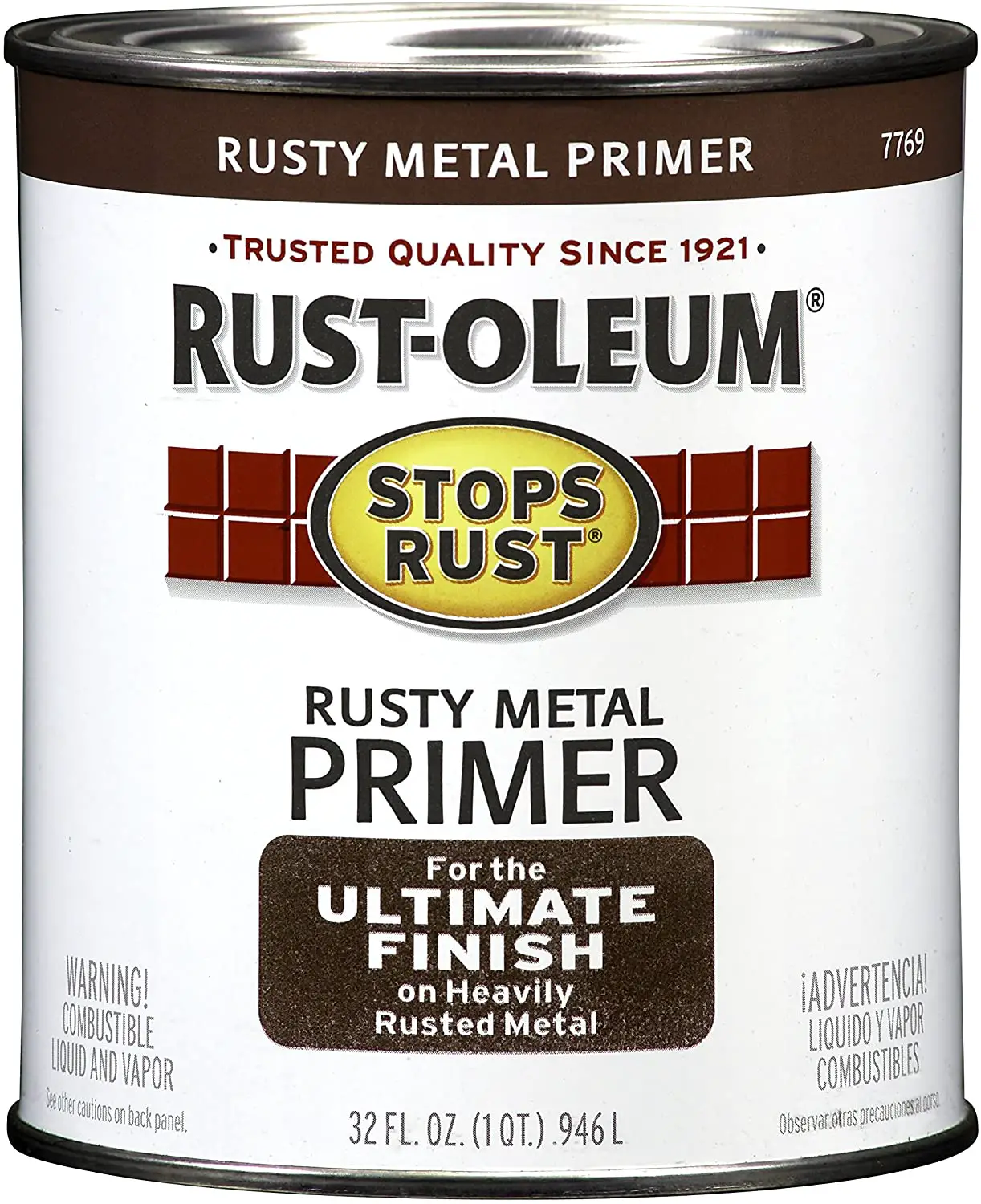 | Rust-Oleum 7769502 Protective Enamel Paint Stops Rust
| Check Price |
PEOPLE'S CHOICE  | Rust-Oleum Stops Rust Rust Reformer
| Check Price |
Rust-Oleum 7769502 Protective Enamel Paint Stops Rust

Rust-Oleum Rusty Metal Primer is a paint that’s expected to cover moderate to highly oxidized metal surfaces. The primer bonds tightly to the surface of rusty metal in order to create a rugged top coat that’s suitable for finishing or painting. Stops Rust is capable of stopping rust and preventing corrosion. It can be used indoors and outdoors.
According to the manufacturer, it offers twice the level of protection of enamels alone.
How it Works
Stops Rust Primer consists of oil-modified alkyds and mineral spirits. It contains brown iron oxide (rust-colored) pigment. It contains less than 420 g/l(3.50 Ibs./gal.) of volatile organic compounds. It has a shelf life of 5 years.
The Specs
Rust-Oleum Rusty Metal Primer is available in half-pint and quart cans. One can is estimated to provide 65to 110 square feet of coverage.
For more specs, check out Rust-Oleum’s Stops Rust encyclopedia.
What Customers Are Saying
Stops Rust mains a 4 1/2 star rating based on hundreds of global reviews. Customers seem to be using the primer to coat a wide range of items, including trailers, farm equipment, stair railings, and more. The most pleased consumers seem to have practiced Rust-Oleum’s recommended prep requirements.
Customers say that the product holds up to extreme temperatures, moisture, and abuse. Some have specified that they like that the Stops Rust levels out on its own. Others have complained that the thinness of the product was problematic. Generally speaking, most people seem to have had very few issues with the application process.
PROS:
- Easy to apply, requires minimal preparations
- Dries quickly, usually try to the touch in 2 to 4 hours and handlable in 5 to 9 hours (assuming the temperature is between 70 and 80 degrees Farneheit and there is 50% relative humidity)
- Can be recoated after 24 hours
- Easy cleanup with mineral spirits
- 5-year shelf life
- Iron oxide pigment
CONS:
- Excessive brushing reduces the level of protection provided by this rust converter.
- Thinner than your typical primer
Rust-Oleum Stops Rust Rust Reformer

Rust-Oleum Stops Rust Rust Reformer Rust Reformer is a spray-on rust preventative. The product creates a flat, black coating that is capable of bonding with rusty metal.
How It Works
Unlike other rust remedies, Rust Reformer does not require time-intensive sanding and prepping. You simply spray the product directly onto rusty surfaces. However, according to the label and a large number of consumers, the product adheres better when flaking paint and rust is sanded away.
The product takes roughly 15 minutes to dry into a black coating.
You can paint over the coating once it has cured. Rust-Oleum recommends that users wait at least 4 hours after Rust Reformer has dried before applying oil-based paints. Moreover, users should wait at least days before applying lacquer and aerosol coatings. The second application of Rust Reformer should be applied when a top coat is not desired.
Rust Reformer can be used indoors and outdoors. It is durable, corrosion-resistant, and long-lasting. For more information, check out the Rust Reformer label.
What You Get
A 10.25-ounce spray can of Rust Reformer retails for less than $6 (check Amazon price. It is also available in 8-fluid ounce pour bottles. A single aerosol container should provide 8 to 12 square feet of coverage. Meanwhile, a can of the brush-on alternative offers 12 to 20 square feet of rust coating.
Both products carry Rust-Oleum’s Satisfaction Guarantee.
If you are dissatisfied with the product in any way, you can reach out to the Rust-Oleum customer service department for a full refund of the purchase price. Rust-Oleum can be reached at 1-800-481-4785.
What Customers Are Saying
Rust Reformers has earned itself several five-star reviews. Consumers seem to agree that this product has pretty low-key prep requirements. With that said, most consumers say that the product’s minimal prep requirements do not excuse people to cut corners.
Superior results are almost always the result of thorough and detail-oriented prep.
Users say that this product held up for extended periods while putting up with plenty of abuse. People reported using it on all sorts of items, including patio furniture, porch railings, and vehicle chassis. Unfortunately, Rust Reformer cannot be used on high-heat objects, such as engines, grills, and heaters.
How the Products Compare
Rustoleum’s Rusty Metal Primer is perfect for heavily rusted albeit structurally sound metal. Meanwhile, Rust Reformer is going to be your go-to pick for objects with surfaces that have already begun flaking away.
PROS:
- 5-year shelf life
- Minimal prep required
- Dries rapidly (safe to touch in 20-40 minutes)
- Can be recoated with oil-based, laquer, and aersol paints
- Durable and abrasion-resistant
- Suitable for use on heavily rusted items
CONS:
- Not suitable for use on galvanized steel
- Requires specific application conditions
How to Use Rust-Oleum Stops Rust Primer
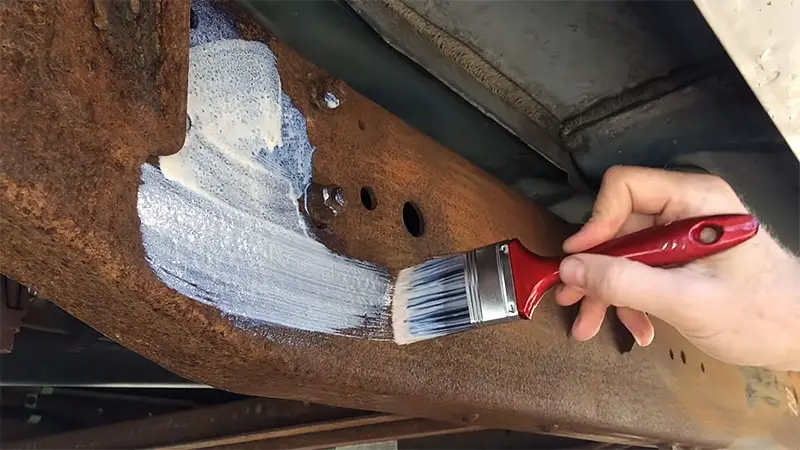
Here are instructions on how to apply Rust-Oleum Stops Rust, should this be the product of your choice. You can find Stops Rust’s technical data here.
Painting Conditions
Rust-Oleum is pretty specific about their priming condition requirements. In fact, they specify that Stops Rust should only be used when air and surface temperatures are between 50 and 90 degrees Fahrenheit and humidity is below 80%. They also specify that Stops Rust should never be used on surfaces that will exceed 200 degrees Fahrenheit (grills, stoves, heaters, radiators, etc.). Moreover, Stops Rust should never be used on galvanized steel. This is most likely because most galvanized steel has large amounts of iron in it.
Preparations
Use household detergent to rid the surface of the metal of dirt, grease, oil, salt, and other contaminants. Rinse the surface of the metal with water. Allow the metal to dry. Stops Rust is not able to form a reliable seal when applied on top of moisture or dirt of any sort.
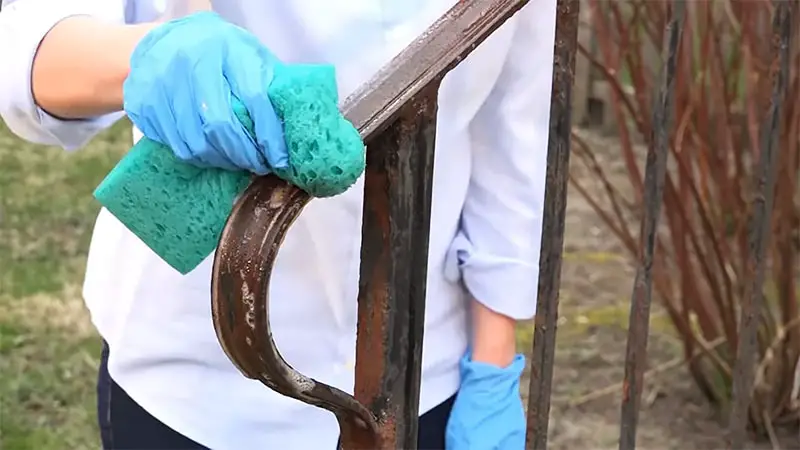
Rust-Oleum gives even more precise instructions for those applying Stops Rust to Steel surfaces. Consumers should use steel wool or a wire brush to remove rust, scale, and any underlying deteriorated coatings.
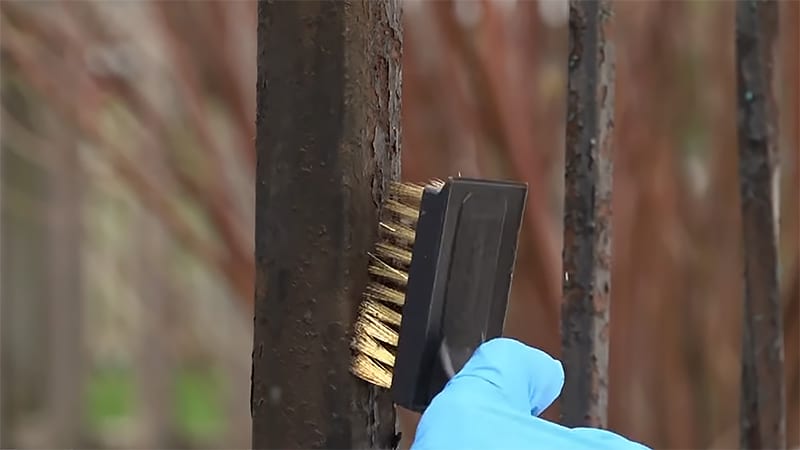
There’s no need for you to remove an existing coating in its entirety. However, Stops Rust adheres better to scarified surfaces. This is true for smooth, hard, and glossy surfaces. Keep in mind that any time you remove old paint you risk exposing yourself to lead. Visit the EPA’s webpage on lead paint to see what precautions you need to take to protect yourself from this dangerous chemical
Applying
Now that you’ve readied your surfaces, you can apply the Stops Rust. Mix the product with a paint stirrer to ensure that all the pigments are dispensed evenly. You may use a brush, roller, or spray gun to apply the product. You have the option to dilute Stops Rust with Mineral Spirits for easier distribution.
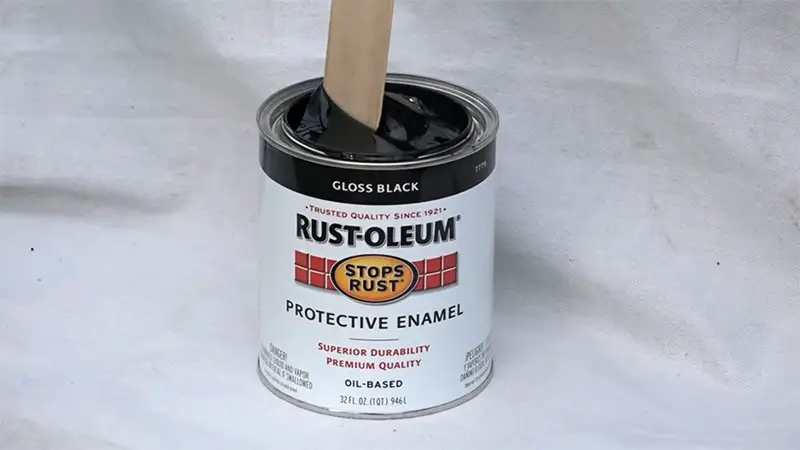
If you opt to use a brush, take care not to brush areas excessively. This reduces the thickness and integrity of your coating. When it comes to working with a roller, Rust-Oleum recommends a 3/8-inch nap roller for most surfaces. Regardless of what applicator you are using, you should work in small (roughly 1-yard) blocks and aim to create a mostly uniform coating.
Drying Times and Recoating
According to Rust-Oleum, Stops Rust should be dry to the touch in 2 to 4 hours, able to be handled in 5 to 9 hours, and able to be recoated in 24 hours.
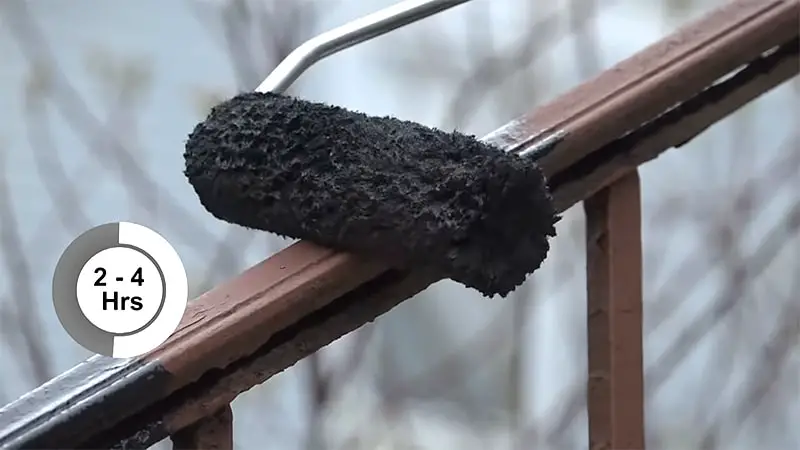
Rust-Oleum’s estimated drying times are based on 70 degrees Fahrenheit and 50% humidity. As such, you’ll need to adjust the expected drying times to better fit the temperature and humidity at the time of application.
Cleanup
Stops Rust can be removed with mineral spirits (see available options ).
How to Use Rust Reformer
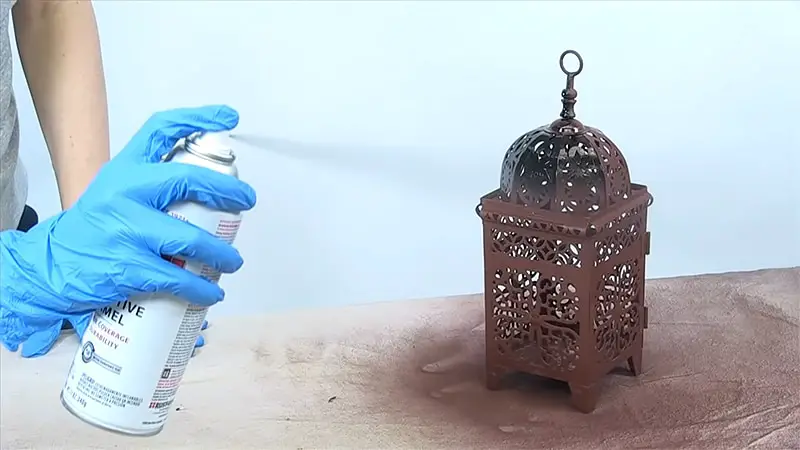
Here are instructions on how to apply Rust Reformer.
What You Need:
- Your choice of their the aersol or brush-on Rust Reformer
- Drop clothes
- Steel wool and/or wire brush
- Detergent
- N95 mask, gloves, and other personal protection gear
- Mineral spirits or xylene
- Paint Stirrer (for use with non-aerosol formula only)*
- Brush*
- Soap and water*
- Non-metal container*
Painting Conditions
Rust-Oleum specifies that Rust Reformer should only ever be used outside or in extremely well-ventilated areas (patio, garage, etc.) It should be applied when the temperature ranges between 50 and 90 degrees Fahrenheit and humidity is below 65% to ensure that it dries and cures properly. It should not be applied to surfaces that will exceed 200 degrees Fahrenheit (grills, ovens, heaters, and radiators). Furthermore, it should not be applied to galvanized steel.
Preparations
Take care to clean the surfaces you wish to coat. Use mild detergent and steel wool or a wire brush to remove all dirt, grease, salt, oil, and other contaminants. Rinse the surface of the metal to remove soap suds. Allow it to dry fully before by apply Rust Reformer.
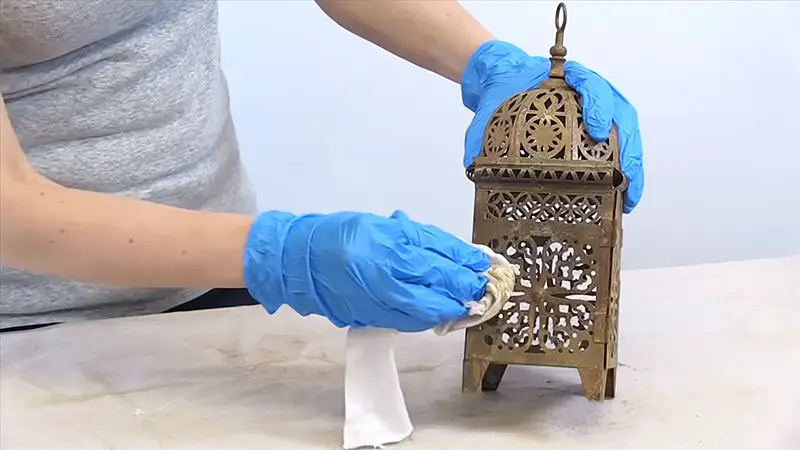
Application
If you’re using the aerosol version of Rust Reformer, you will need to shake the can vigorously before applying. You should hear the internal mixing ball rattle against the sides of the can. If this is not the case, you should reach out to Rust-Oleum at either 800∙481∙4785 or www.rustoleum.com.
Hold the can 10 to 16 inches away from the surface of the metal. Spray steadily while moving your hand back and forth. Each spray should overlap the edges of the next. Continue this until the entire surface is coated in black. Pause spraying occasionally so that you can mix up the can.
If you’re using the brush-on formula, you will need to stir your Rust Reformer before you apply it.
Pour a workable amount of Rust Reformer into a small, non-metal container. Use a paint stirrer to mix up the contents.
Coat your brush in Rust Reformer. Then distribute the coating using consistent, even, and slightly overlapped brush strokes. Continue until the surface is covered. The product should dry into a smooth black coating in 15 minutes.
While it may be tempting, do not return any poured-out product to the original container. Rust-Oleum says that this sort of behavior is likely to reduce the effectiveness of the product in the bottle.
Drying Times and Recoating
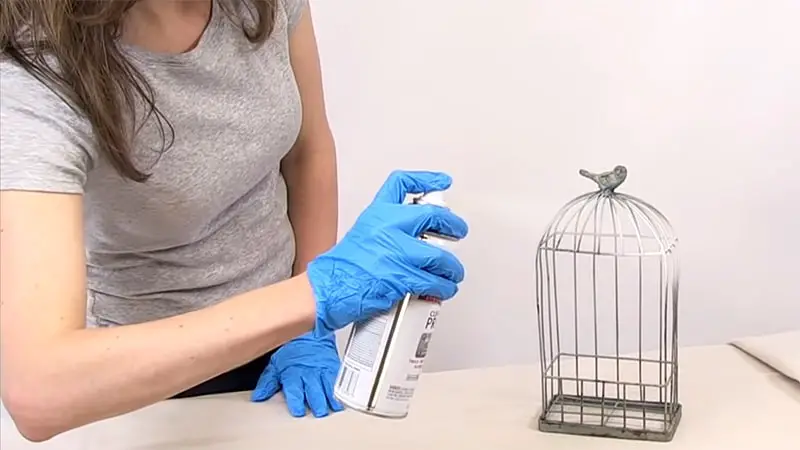
According to Rust-Oleum, the aerosol Rust Reformer should dry after 24 hours. There is no need for a second coat. The brush-on formula should be dry to the touch within 20 to 40 minutes and able to be handled within 1 hour. You can recoat with oil-based paint after 3 hours and lacquer or aerosol paint after three days.
Cleanup
You may use mineral spirits or xylene to cleanup overspray. Meanwhile, spills and drips should be cleaned up with water (time is of the essence here). Dirtied rushes should be cleaned with soap and water. Lastly, aerosol clogs can be eliminated witbh the help of mineral spirits.
Wrapping Up
As you have learned, Both Rust-Oleum’s Rusty Metal Primer and Rust Reformer are capable of converting rusty surfaces into functional and even paintable facades. If you’re picking between the two, your decision is going to come down to the level of corrosion you’re dealing with. Remember, the Rusty Surface Primer is our pick for visually rusted surfaces, and Rust Reformer is what we recommend for the most severe cases of iron oxide.
We think you’ll be happy with the results you get from these Rust-Oleum products. Have you tried Rust Reformer or Primer? Drop your comments, questions, and concerns in the section below, and we’ll be sure to get back to you ASAP!
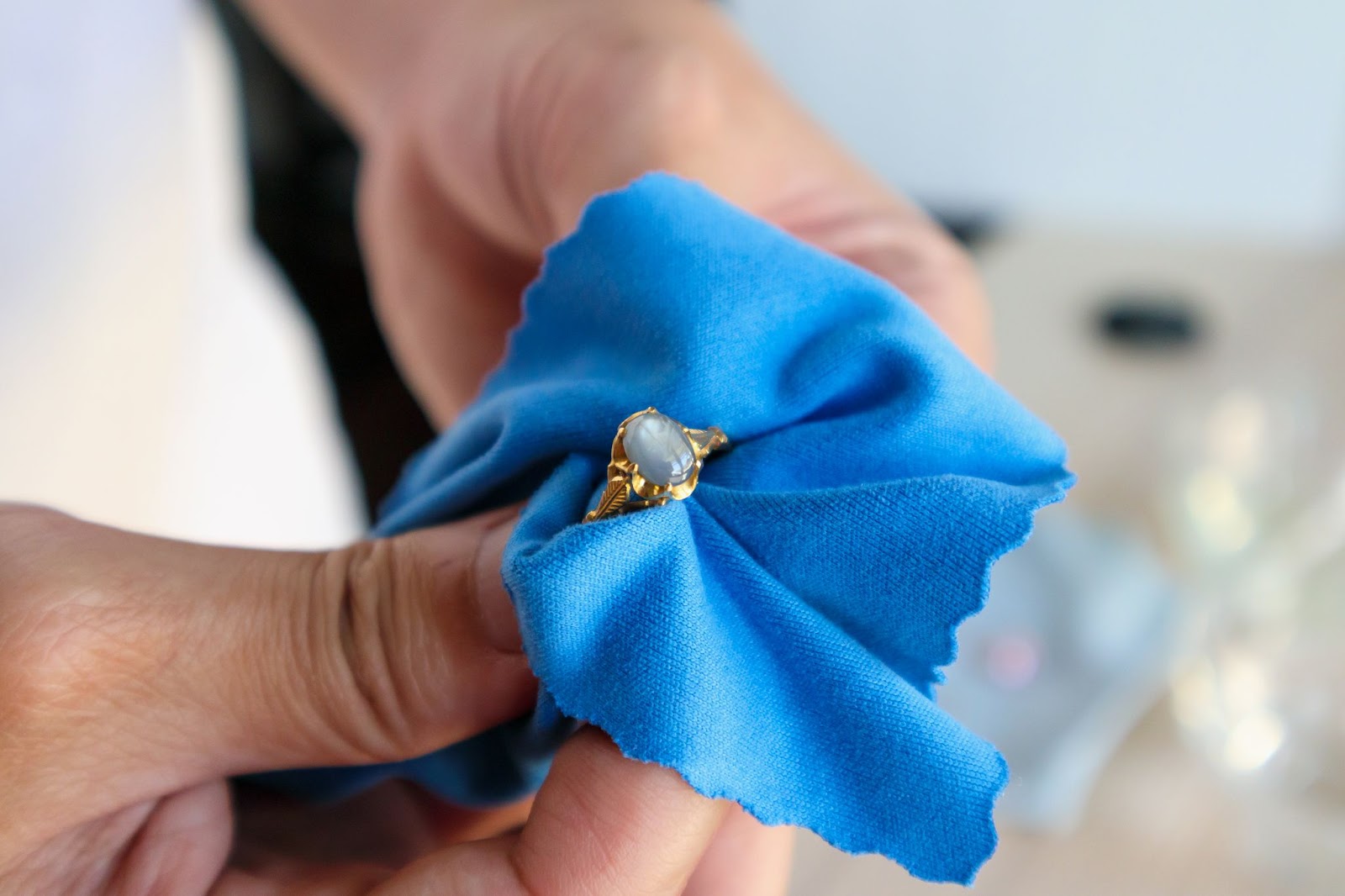
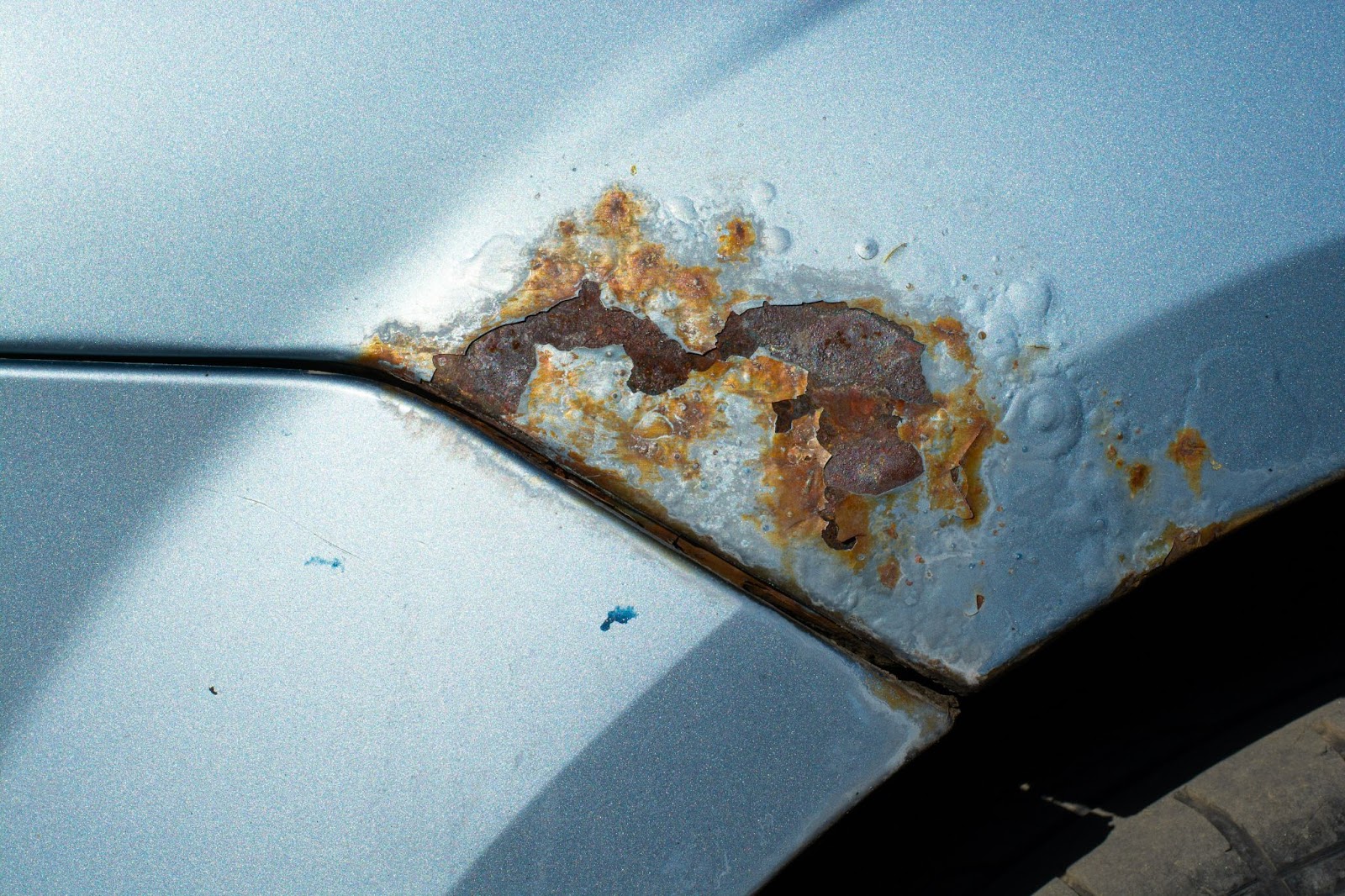
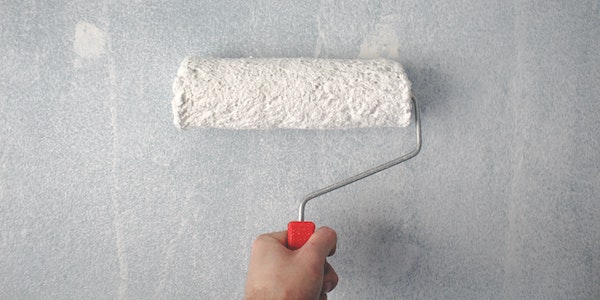
Leave a Reply